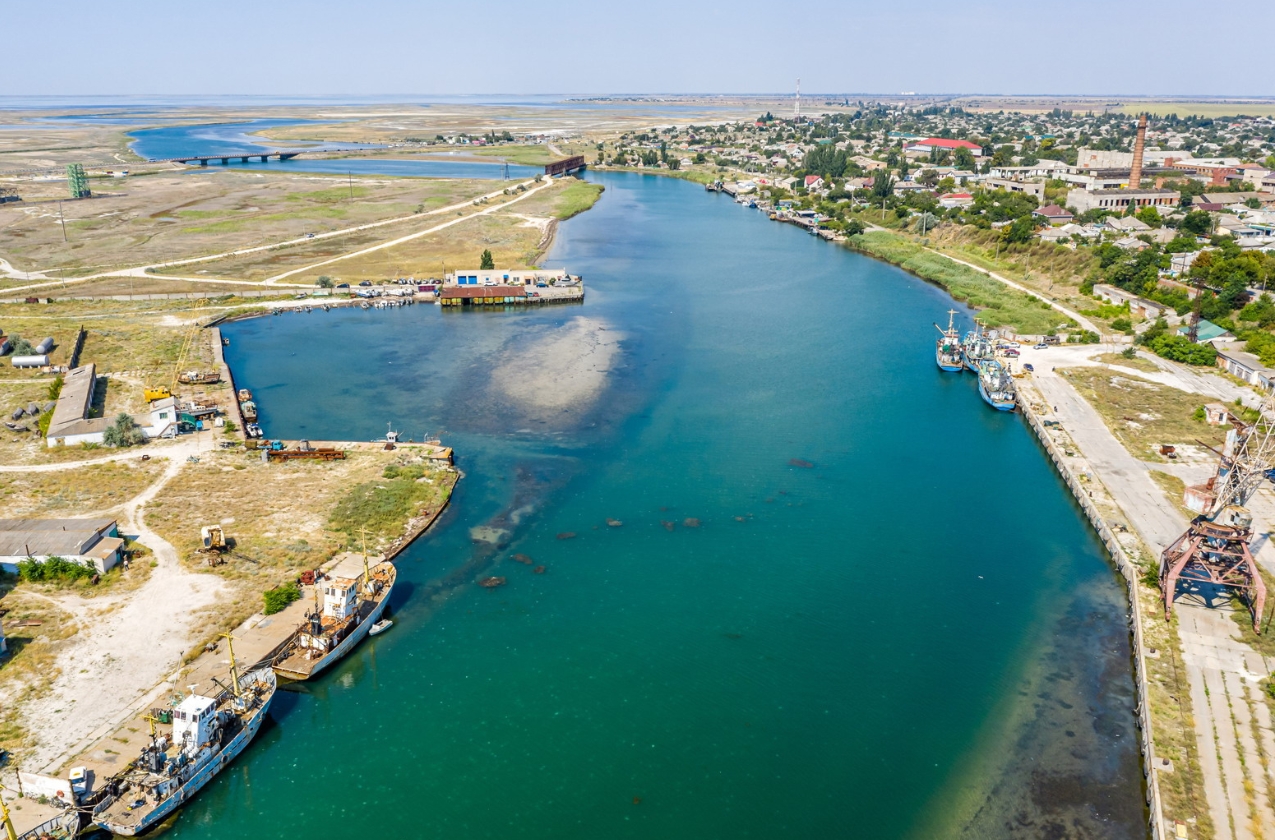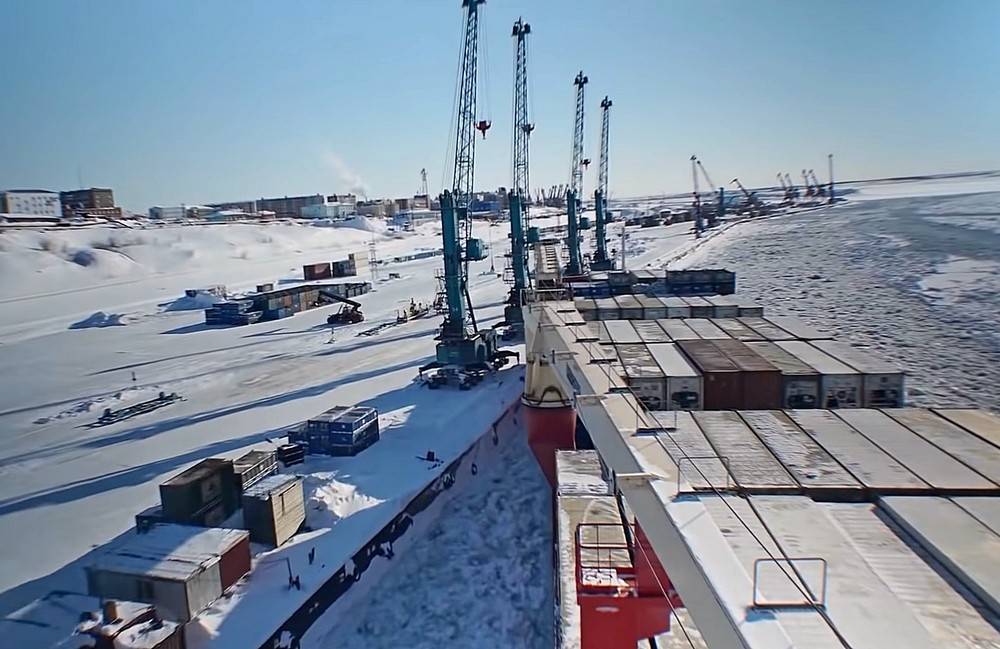Against the backdrop of claims about “infrastructure development,” Russia is in fact forming a logistical framework in the occupied territories of southern Ukraine.
This was reported by the head of the Center for the Study of Occupation, Petro Andriushchenko.
This refers to the construction of railway branches, modernization of ports, and creation of logistical hubs that have a dual — military and economic — purpose.
In particular, the plans of the occupation administration include the laying of railway lines to the port city of Skadovsk and the reconstruction of the tracks to Henichesk. Both settlements have access to the sea and thus can be used for the transshipment of stolen cargo. The creation of industrial parks and transport-logistics centers is planned in these cities.
Another key hub is the village of Velyki Kopani, where a logistics center is planned on the railway line leading to the occupied Crimea. This will allow the Russian Federation to efficiently export agricultural products and free up highways for use by military equipment.
The Russian forces are paying special attention to river infrastructure. In the city of Kakhovka, the construction of a river port and a logistics center with rail connection is planned. In this way, the Rusian forces are creating an alternative transport artery for cargo transportation along the Dnipro River, which complicates the potential de-occupation of the region.
According to Petro Andriushchenko, such infrastructure will allow Russia to quickly redirect resource flows depending on the situation at the front, as well as strengthen its military presence, particularly on the left bank of the Dnipro. The development of multimodal hubs creates conditions for the mass export of stolen Ukrainian grain through Crimea, including to the shadow international market.






















